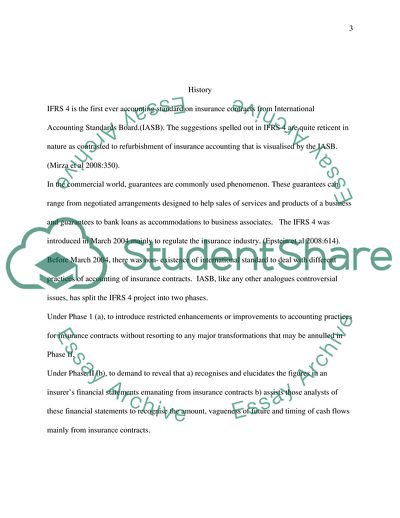Cite this document
(Insurance Contracts in International Accounting Standards Essay, n.d.)
Insurance Contracts in International Accounting Standards Essay. https://studentshare.org/finance-accounting/1734615-insurance-contracts-in-international-accounting-standards-ifrs
Insurance Contracts in International Accounting Standards Essay. https://studentshare.org/finance-accounting/1734615-insurance-contracts-in-international-accounting-standards-ifrs
(Insurance Contracts in International Accounting Standards Essay)
Insurance Contracts in International Accounting Standards Essay. https://studentshare.org/finance-accounting/1734615-insurance-contracts-in-international-accounting-standards-ifrs.
Insurance Contracts in International Accounting Standards Essay. https://studentshare.org/finance-accounting/1734615-insurance-contracts-in-international-accounting-standards-ifrs.
“Insurance Contracts in International Accounting Standards Essay”. https://studentshare.org/finance-accounting/1734615-insurance-contracts-in-international-accounting-standards-ifrs.


